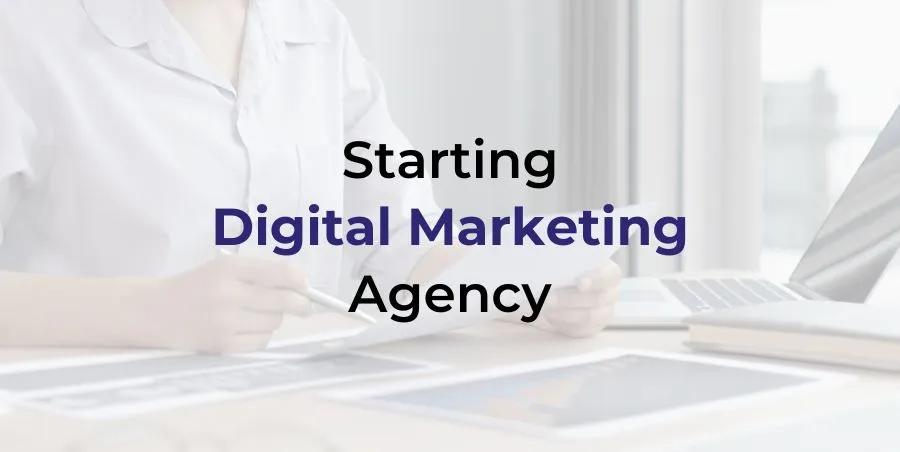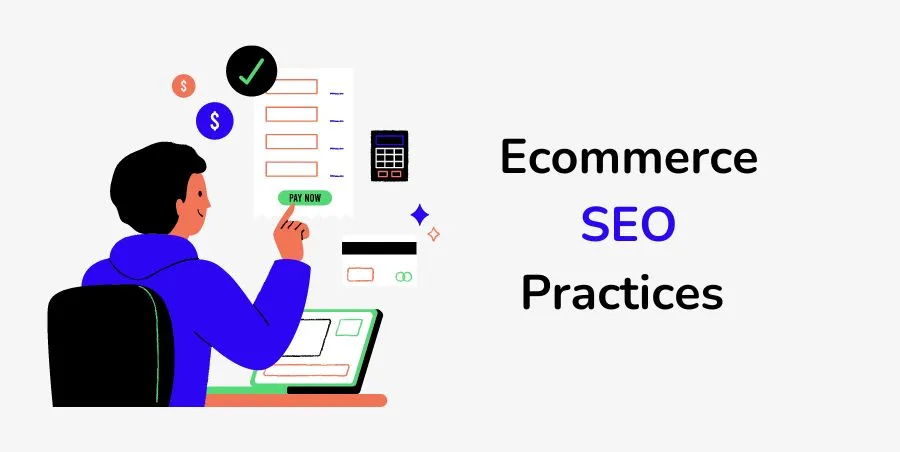Every website owner wants to keep their visitors engaged and returning for more. Poor retention implies poor customer (audience) satisfaction and can ruin your brand reputation. Luckily, this guide shows you 7 proven ways to increase your website audience retention.

Disclosure: This content is reader-supported, which means if you click on some of our links, we may earn a commission, but the price on your end remains the same.
How to Increase Audience Retention (for Any Website)
High audience retention is an indicator of longer dwelling time. When viewers continue engaging with content for an extended period, it generally means your content meets their intent. Their dwelling time increases as they engage more with your content or videos.
So, if you are creating content or building a website, you must pay attention to audience retention and dwelling time. Both metrics help you understand how your audience’s engagement and let you optimize your website for a better customer base and traffic.
A high retention rate indicates that visitors find your website valuable and are more likely to return, share your content, and recommend it to others. However, a low retention rate can negatively impact your search engine rankings and online reputation.
If you want to increase your audience retention, here’re the 7 ways to do so.
#1: Create Engaging and Relevant Content
The most basic way to increase your audience retention and dwell time is to publish quality content, whether articles or blogs on your website or videos on YouTube. Visitors who find your content engaging will likely stay longer on your website and return in the future.
By publishing quality content, you capture your audience’s attention and encourage them to stay tuned in. More so, you build trust with your audience, making it much easier to turn your audience into buying customers. That way, you can grow your brand awareness and sales.
Excellent content encourages participation, as your audience would be more willing to comment or share your ideas with their friends on social groups. If your content sparks conversation or invites feedback, your users will be likelier to engage and stay engaged.
Therefore, whether you’re creating content for your blog, YouTube channel, or any other platform, understand what your audience wants and offer value to increase their retention. Offer relevant information, products, or services that address their needs and interests.
#2: Search Intent Optimisation
Search intent optimization (SIO) is the practice of creating content that matches the purpose of a user’s search query. By understanding what users look for when they search, you can create content that satisfies their needs and increase your audience retention.
After all, everyone who does an online search hopes to find something. However, keyword research tools classify searchers into four categories: navigational, informational, commercial, and transactional. These terms are too broad, and we need to be more specific.
In addition to using research tools to find search volumes for your target keywords, I want you to analyze the SERPs before writing your content. You can use the Ahref SERP checker to see search results from any location without using proxies or location-specific addresses.
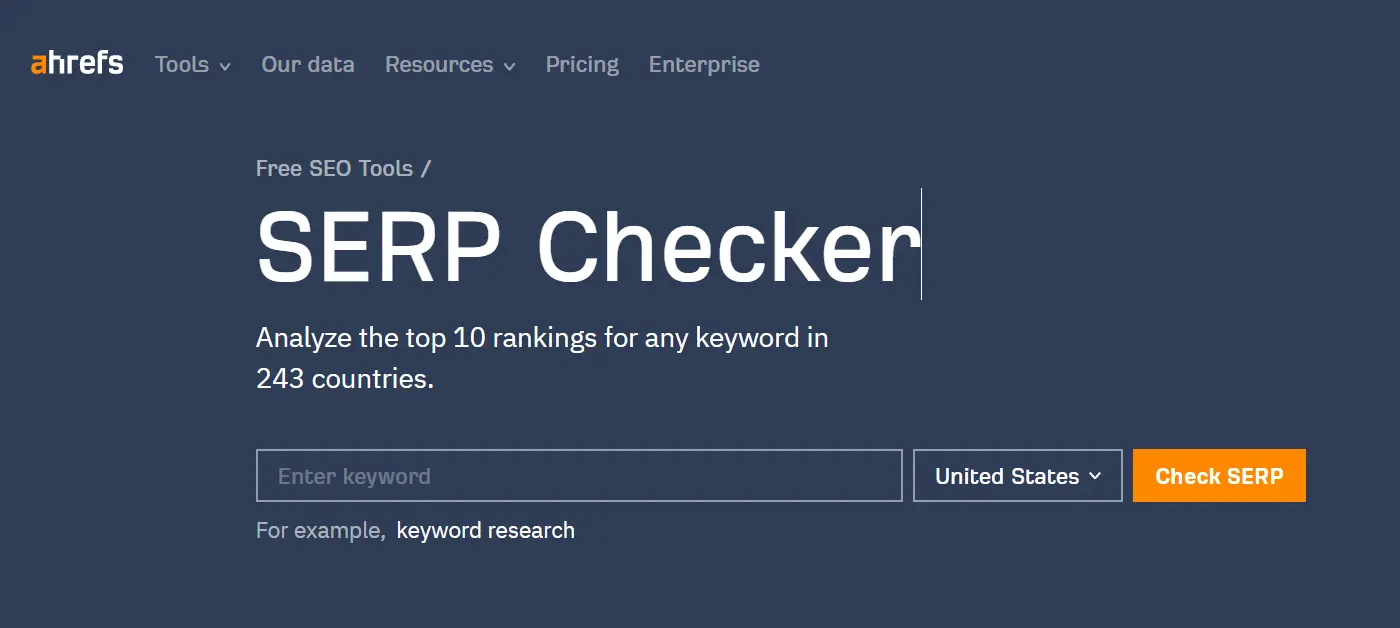
This tool helps you analyze the top 10 rankings on SERPs for any keyword in 243 countries. You must key in your keyword, choose the country, and see the results. Then analyze all the pages ranking for your target term and understand your audience’s wants.
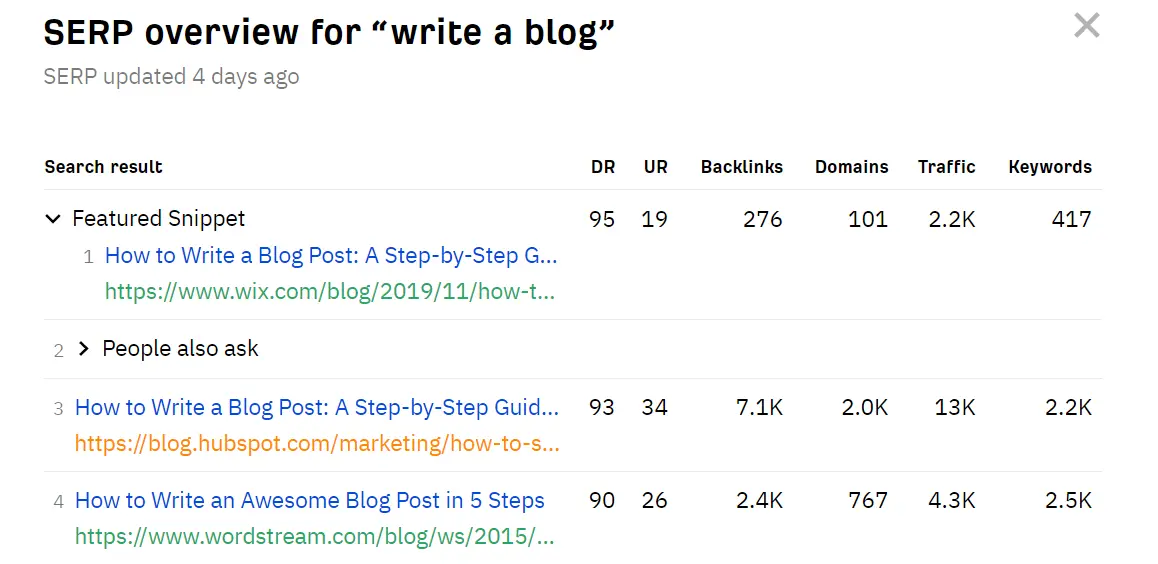
With this information, including other keywords the pages are ranking for, search traffic, and what keywords are driving the traffic and backlinks profile, you can examine the viability of the keyword. And most importantly, write content that meets your audience’s search intent.
Search intent optimization, in turn, will help you lower the bounce rate, increase engagement and repeat visits, and boost your audience retention. These are positive ranking factors, meaning search engines will perceive your content as relevant and rank it higher.
#3: Use Eye-catching Visuals
Another way you can increase your audience retention and dwelling time is by using high-quality visuals, including images, videos, and infographics. They capture your users’ attention and make your content more appealing and easier to understand, boosting engagement.
For instance, this video on how to make money from home has an average view duration of 2.25 minutes. Therefore, if I embed it in a relevant article, I could increase the dwell time on my website by at least 2 minutes. And get more time to show people ads and more content.
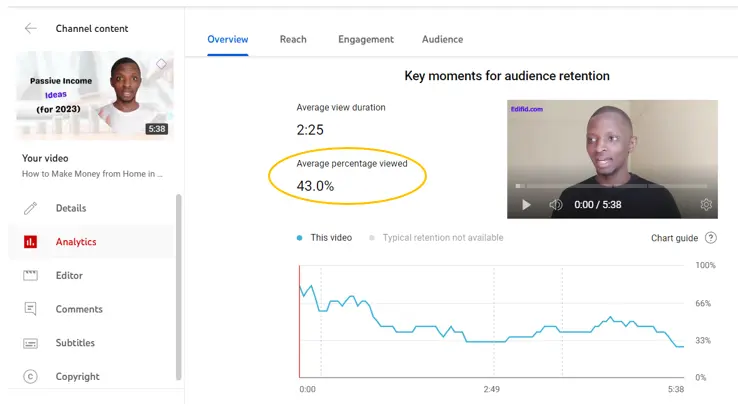
Also, many people prefer watching over reading. Therefore, summarising your content into videos or infographics can keep your audience engaged on your website, giving you more time to convert them to customers or let them subscribe to your email list.
But these visuals will only boost your audience retention if they are revenant to the content.
#4: Make Navigation Easy
Website navigation plays a crucial role in audience retention and dwelling time. If users can’t easily navigate your site or find what they’re looking for, they’re more likely to leave quickly and not return. In turn, such a complicated website lowers your SEO rankings and traffic.
You should organize your content and provide a clear and concise menu to help your audience navigate your website easily. For instance, every article on this website starts with a short paragraph that tells our audience what the article is about and why it is important.
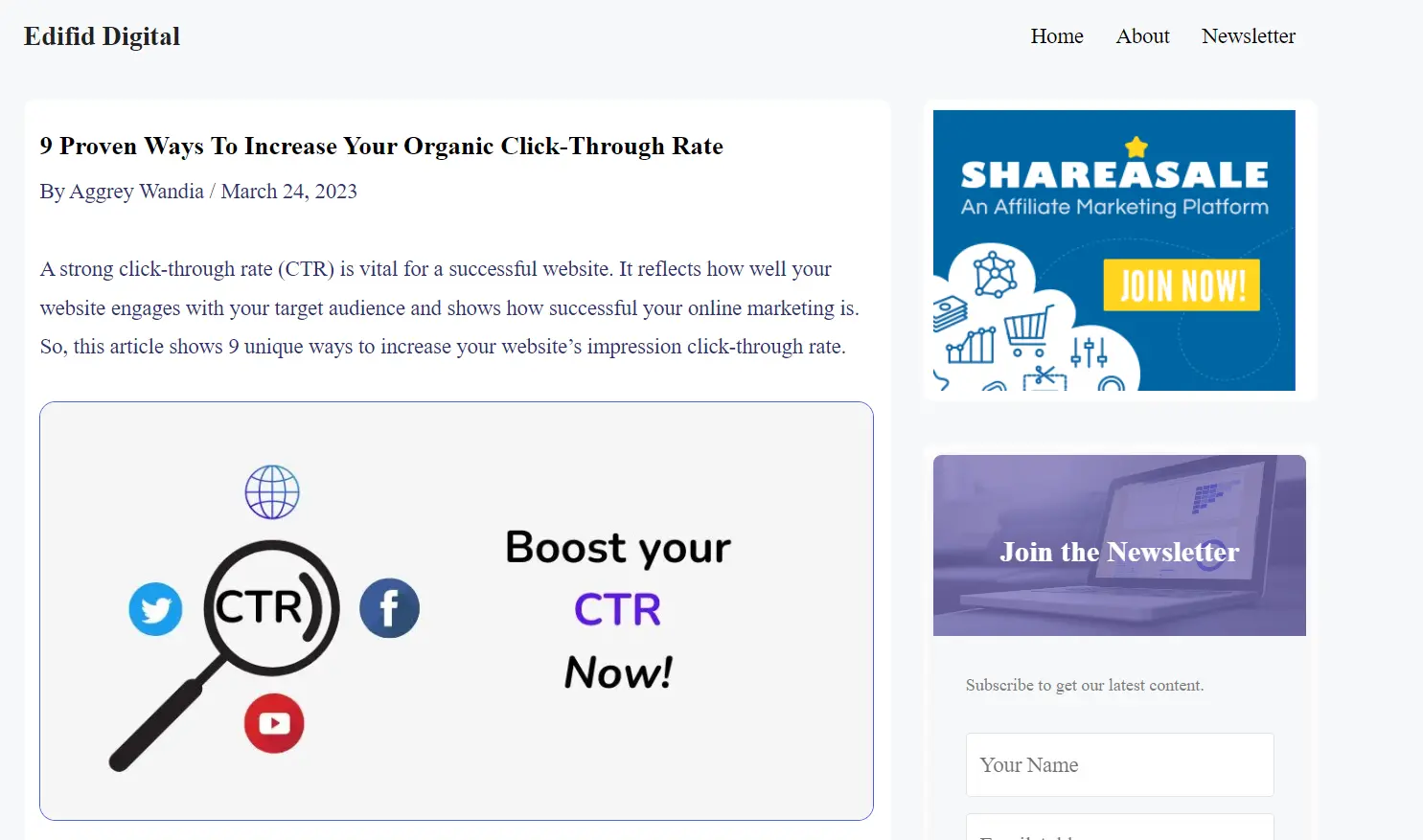
Use internal linking, a sidebar, and eye-catching images and videos to make the content navigatable. You could also organize your content into logical categories and use clear and descriptive labels for your menu items. That way, users can find what they are looking for.
You should test and optimize your website to load faster and lower the bounce rate while increasing conversions. And include clear calls to action (CTAs) encouraging users to take desired actions – like subscribing to a newsletter. Keep testing and optimizing your site.
#5: Incorporate internal linking
Internal linking, a practice of linking other pages within your website, significantly impacts your audience retention and dwell time and can increase your conversions. It keeps them engaged, encourages them to explore more content, and boosts your SEO rankings.
Google confirms that internal links are a powerful ranking factor, although not as powerful as external links (backlinks). But they have to be relevant and add value to the content.
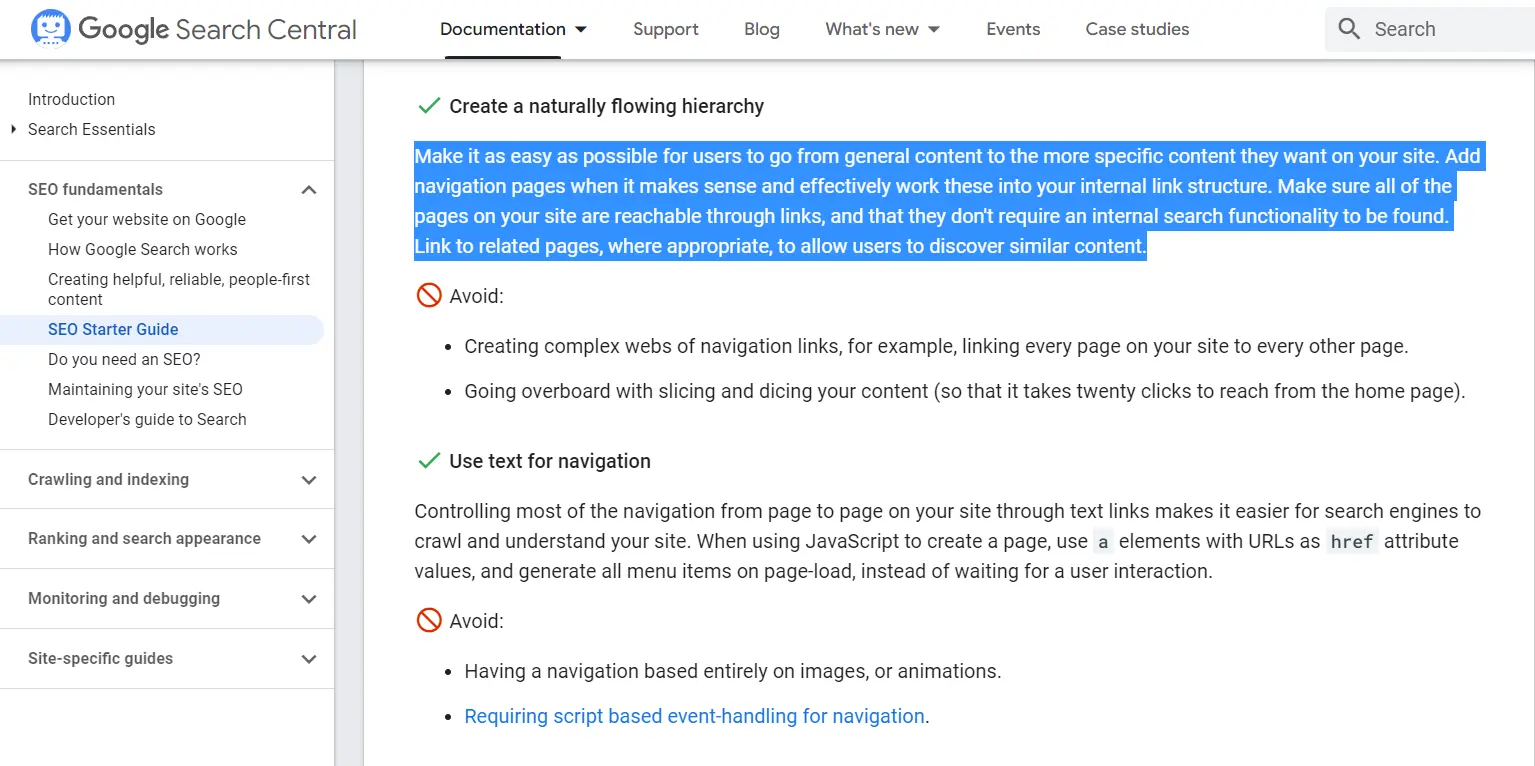
You’ll increase engagement by linking your articles and pages internally by encouraging your audience to explore more pages. In turn, you increase the audience retention rate and dwell time and get more time to show your users more calls to action and boost conversions.
The links also enhance user experience on your website, as users can find more relevant information and meet their search intent, boosting your brand authority and reputation.
Most importantly, they help search engines understand your website structure and hierarchy, which can improve your site’s ranking in search engine results pages (SERPs). So, consider internal linking and other on-page SEO best practices to improve your website performance.
#6: Optimise for Mobile Devices
Equally important is that your website should be mobile-friendly, as most people browse their phones. A mobile-responsive website adjusts its layout to fit the user’s screen size, making it easier to navigate and reducing the chances of users leaving due to a poor mobile experience.
Like any other search engine, Google takes mobile friendliness very seriously and considers it when ranking content on the SERPs. It is so serious that they even have a free mobile-friendliness test that you can use to identify and solve mobile usability issues ASAP.
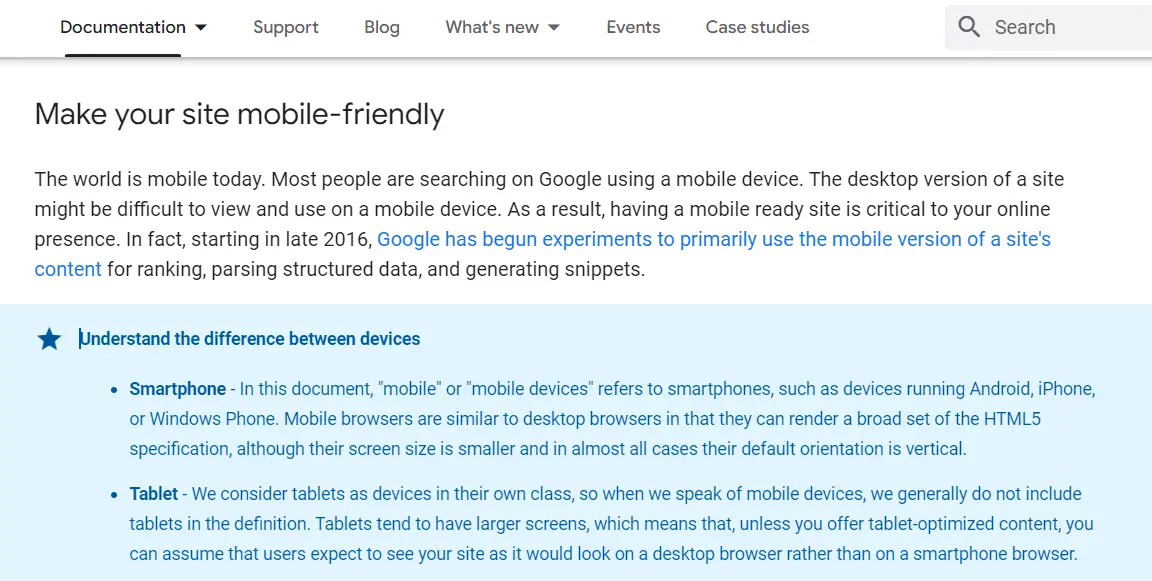
According to Google, having your website navigatable across all devices, including desktops, tablets, and phones, is critical to your online presence and success. Test your site to see if it is mobile responsive, solve any errors, and increase your chances of ranking higher on SERP.
#7: Keep Learning and Improving
Analyse audience retention and dwelling time on your website and YouTube videos and understand whether your users are satisfied with your content. That way, you can identify issues that could ruin your audience retention and learn how to increase it.
Use tools like Google Analytics to check your website’s bounce rate, dwell time (average duration), and audience retention. Or use YouTube Studio to check the same analytics for your YouTybe videos. The same applies to social media platforms like TikTok.
Then try to understand why your content has low audience retention, optimize your content, and embed visuals like videos to increase audience satisfaction. In turn, you’ll engage your audience more, increasing the conversion rate and likelihood of them sharing your content.
Conclusion: So What?
Improving your audience retention rate can mean more revenue for your business and customers. And increasing it doesn’t have to be that complicated. Here are the 7 things I want you to do – I used the same approach to increase my audience retention by over 233%.
- #1: Create Engaging and Relevant Content
- #2: Search Intent Optimisation
- #3: Use Eye-catching Visuals
- #4: Make Navigation Easy
- #5: Incorporate internal linking
- #6: Optimise for Mobile Devices
- #7: Keep Learning and Improving
Remember, these strategies can help you increase audience retention and dwell time on any platform, whether your website or social media platforms like YouTube and Facebook. Don’t be afraid to experiment; it will help you see what works for you or needs modification.
That being said, let me know if you have any concerns or comments.
If you find the information resourceful, you can subscribe to our YouTube Channel and follow us on Facebook and Twitter for more updates and amazing content.
